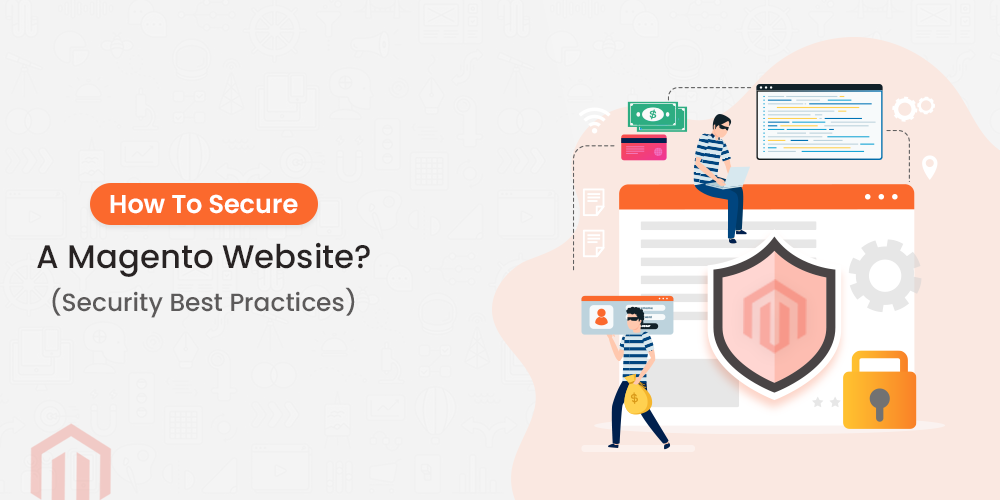How to Secure Your Magento Website
With the rise in cyber attacks and security breaches, it is more important than ever to protect your Magento website from potential threats. In this article, we will discuss some key steps you can take to secure your website and keep your customers’ information safe.
1. Keep Magento Updated
One of the easiest ways to protect your website is to make sure you are running the latest version of Magento. Updates often include security patches that can help prevent hackers from exploiting vulnerabilities in older versions.
Be sure to regularly check for updates and install them as soon as they become available. You can easily update your Magento website through the admin panel.
2. Use Secure Passwords
Another important step in securing your Magento website is to use strong and unique passwords for all of your accounts. Avoid using common passwords or easily guessable phrases, as these can make it easier for hackers to gain access to your website.
Make sure to use a combination of letters, numbers, and special characters in your passwords, and consider using a password manager to help you keep track of them.
3. Enable Two-Factor Authentication
Two-factor authentication adds an extra layer of security to your Magento website by requiring users to provide two forms of identification before logging in. This can help prevent unauthorized access to your website, even if someone has your password.
You can easily enable two-factor authentication in your Magento admin panel under the “Security” settings. Consider setting up two-factor authentication for all of your admin accounts to increase security.
4. Use HTTPS Encryption
HTTPS encryption helps protect your website by encrypting data transferred between your website and your users. This can help prevent hackers from intercepting sensitive information, such as credit card details or personal information.
You can easily set up HTTPS encryption on your Magento website by purchasing an SSL certificate and configuring it in your server settings. Make sure to update all of your website links to use HTTPS to ensure a secure connection.
5. Regularly Backup Your Website
Regularly backing up your Magento website is essential in case of a security breach or data loss. By having a recent backup of your website, you can quickly restore your website to a previous state and minimize the impact of an attack.
Consider setting up automatic backups on a regular basis to ensure you always have a recent copy of your website available. Store your backups in a secure location to prevent unauthorized access.
6. Monitor Website Activity
Monitoring your website activity is another important step in securing your Magento website. By monitoring logs and user activity, you can quickly identify any suspicious behavior and take action to prevent a security breach.
Consider using a website monitoring tool to track website traffic, user logins, and file changes. This can help you detect any unauthorized access or unusual activity on your website.
7. Restrict File Permissions
Properly configuring file permissions is essential in securing your Magento website. By restricting access to certain files and directories, you can prevent unauthorized users from modifying or deleting critical files.
Make sure to set appropriate file permissions for your Magento installation, and regularly review and update permissions as needed. Avoid giving unnecessary permissions to files and directories to reduce the risk of a security breach.
8. Install Security Extensions
Consider installing security extensions on your Magento website to add an extra layer of protection. Security extensions can help detect and block malicious activity, such as malware injections or hacking attempts, before they can do damage.
There are many security extensions available for Magento, so be sure to research and choose ones that best fit your security needs. Regularly update your security extensions to ensure you are protected against the latest threats.
Conclusion
Securing your Magento website is crucial in protecting your business and your customers’ information. By following these key steps and staying vigilant against potential threats, you can help ensure your website remains secure and reliable.
Remember, security is an ongoing process, so be sure to regularly review and update your security measures to stay one step ahead of hackers and cybercriminals.
